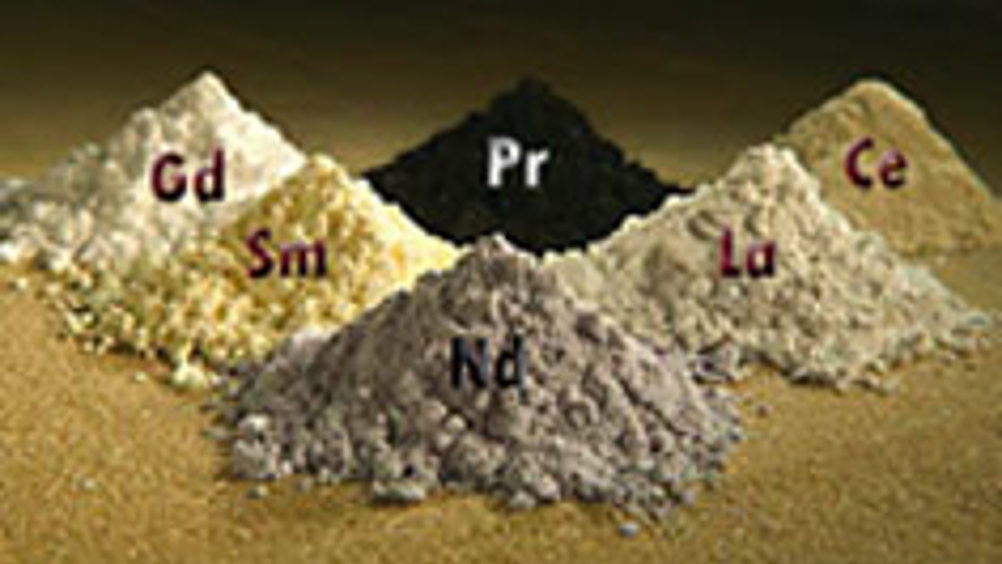Study considers impact of demand for rare earth metals
Demand for two rare earth metals available almost exclusively in China is likely to increase by between 600 and 2,600 per cent over the next 25 years.

This is the conclusion of a study published recently in the ACS journal Environmental Science & Technology that points out that production of dysprosium and neodymium — commonly used in wind turbines and electric vehicles — has been increasing by a few percentage points per year.
In a statement, Randolph E Kirchain, PhD, and colleagues at MIT explained that there has been long-standing concern about a secure supply of the so-called rare earth elements.
These metals are used to make aircraft components and lasers for medical imaging. Dysprosium and neodymium are critical for current technologies for manufacturing wind turbines and electric vehicles.
Those technologies, Kirchain noted, would be essential in carrying out a proposed stabilisation in atmospheric levels of carbon dioxide, the main greenhouse gas, at 450 parts per million.
Kirchain’s team analysed the supply of lanthanum, cerium, praseodymium, neodymium, samarium, europium, gadolinium, terbium, dysprosium and yttrium under various scenarios.
They projected the demand for these 10 rare earth elements through to 2035.
Register now to continue reading
Thanks for visiting The Engineer. You’ve now reached your monthly limit of news stories. Register for free to unlock unlimited access to all of our news coverage, as well as premium content including opinion, in-depth features and special reports.
Benefits of registering
-
In-depth insights and coverage of key emerging trends
-
Unrestricted access to special reports throughout the year
-
Daily technology news delivered straight to your inbox










Water Sector Talent Exodus Could Cripple The Sector
Well let´s do a little experiment. My last (10.4.25) half-yearly water/waste water bill from Severn Trent was £98.29. How much does not-for-profit Dŵr...